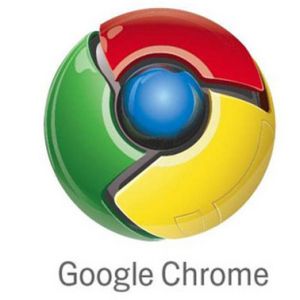Redmond (WA) – Microsoft officially signed off on Windows 7 and released the code of the software to manufacturing. The RTM code will be available for select customers and developers beginning on August 6, while the general public will have to wait until October 22. Windows Server 2008 R2 reached the RTM phase as well and will be “available on or before that date.”

Windows 7 is likely to be the most important operating system Microsoft has ever released, as the software will have to repair the reputation and perception Windows Vista has damaged and defend Microsoft against rivals such as Apple’s Mac OS X and some Linux distributions, which gained market share during Vista’s time. With Windows 7 at RTM, Microsoft sees the light at the end of the tunnel and can prepare to get rid of the current desktop Windows operating system and its broken brand.
Hardware and software vendors will use Windows 7 RTM (build 7600) to finalize their products that will adapt the operating system. As previously reported, Microsoft will begin selling the software on October 22, just in time for the Christmas season. However, developers and certain customers, including Technet subscribers, will be able to download the operating system as early as August 6.
Conceivably, Windows 7 fixes many of Vista’s shortcomings. Most importantly, the software will bring UI enhancements and feature a streamlined memory footprint, which will allow the software to run on much less powerful hardware, including netbooks. Given the extremely long development cycle of Windows Vista, Windows 7 was on a clearly accelerated schedule on Microsoft’s A priority list. Windows Vista was released on January 30, 2006 and we heard of the first Windows 7 Milestone 1 release in January 2008. The software has been finalized within 18 months after the release of the M1 version, which is an impressive achievement, if the final version of Windows 7 is as good as Microsoft claims.
Windows Server 2008 R2 also the RTM phase, and will be, according to Microsoft, “available on or before that date.”
Courtesy: http://www.tgdaily.com/
